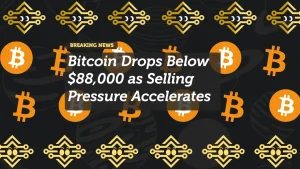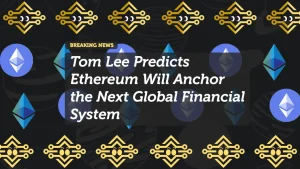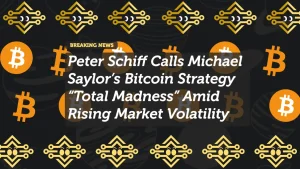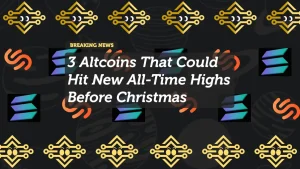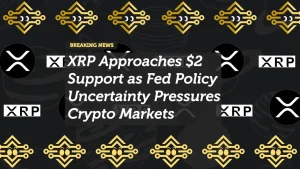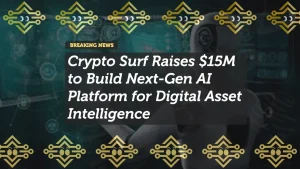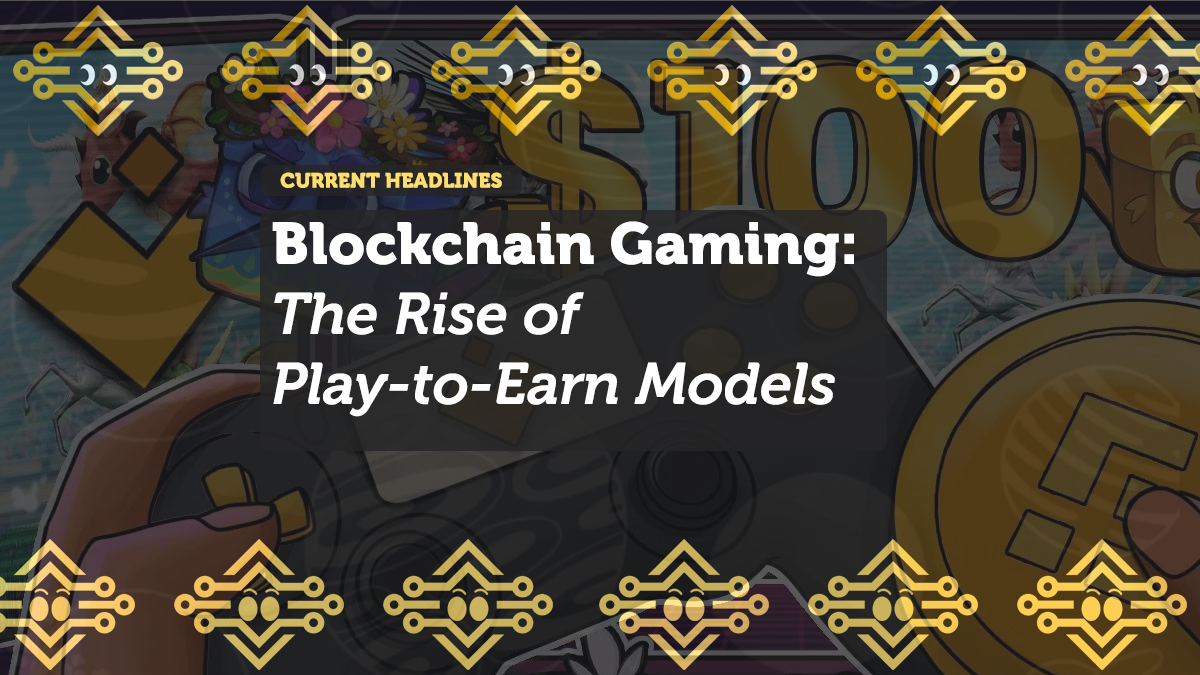
Blockchain Gaming: The Rise of Play-to-Earn Models
The Emergence of Play-to-Earn Models in Blockchain Gaming
The concept of play-to-earn has gained significant traction in the blockchain space, transforming the way gamers interact with virtual worlds. Unlike traditional games where players invest time and money without any financial return, P2E models allow players to earn real money or valuable digital assets by playing games.
A key player in this movement is Axie Infinity, a game that has generated over $1 billion in revenue as of 2024. Players collect, breed, and battle creatures called Axies, which are NFTs (Non-Fungible Tokens) that can be traded or sold on secondary markets. The success of Axie Infinity has not only spurred the creation of similar games but also opened up new economic opportunities, particularly in countries like the Philippines, where some players earn more from the game than from traditional jobs.
Popular Blockchain Games Leading the Way
The blockchain gaming space is rapidly expanding, with several games leading the charge. Let’s take a closer look at some of the most influential titles:
1. Axie Infinity
Perhaps the most well-known P2E game, Axie Infinity has set the standard for blockchain gaming. With its engaging gameplay and lucrative earning potential, the game has attracted millions of players worldwide. According to a recent report from DappRadar, Axie Infinity remains the top decentralized application (dApp) on Ethereum by active users.
2. The Sandbox
The Sandbox is another pioneer in the blockchain gaming space. This virtual world allows players to build, own, and monetize their gaming experiences using NFTs and the SAND token. The Sandbox recently made headlines with its partnership with Warner Music Group, which will bring exclusive music-themed experiences to the platform, further boosting its appeal.
3. Splinterlands
A trading card game with a blockchain twist, Splinterlands allows players to collect, trade, and battle digital cards. The game has grown significantly in popularity, with over 1 million registered users as of mid-2024. Splinterlands is known for its low entry cost, making it accessible to a broad audience.
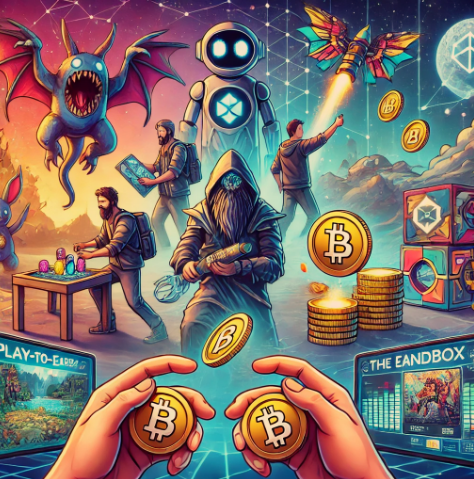
The Economics of Play-to-Earn Models
At the heart of play-to-earn models is the ability for players to earn digital assets that hold real-world value. These assets can include NFTs, in-game currencies, or tokens, all of which can be traded or sold on blockchain marketplaces.
The economic implications are profound. Players can essentially “work” within these games, earning income that in some cases exceeds what they could earn in traditional jobs. This shift is particularly impactful in developing countries, where play-to-earn games have become a viable alternative to low-paying jobs.
However, the success of these models also raises questions about sustainability. As more players enter the ecosystem, the demand for rewards increases, potentially leading to inflation of in-game currencies. Game developers are continuously tweaking their economic models to ensure long-term viability.
Expert Insights: Developers and Players on the Frontlines
To get a deeper understanding of the play-to-earn movement, I reached out to some game developers and players who are at the forefront of this revolution.
Interview with a Developer: Juan Perez, Axie Infinity
Juan Perez, a lead developer at Axie Infinity, shared his thoughts on the future of play-to-earn. “We’re just scratching the surface of what’s possible with blockchain gaming. The potential for creating new economic systems within virtual worlds is enormous. Our biggest challenge is balancing the in-game economy to ensure that both new and existing players can thrive.”
Interview with a Player: Maria Santos, The Sandbox Enthusiast
Maria Santos, a top player in The Sandbox, spoke about her experience. “What I love about The Sandbox is the freedom to create and the real financial rewards. I’ve been able to build and sell virtual real estate, which has become a significant income stream for me. It’s not just a game; it’s a business.”
Recent Developments in Blockchain Gaming
In a recent development, Epic Games announced its entry into the blockchain gaming space with a new P2E title expected to launch later this year. This move by a major player in the traditional gaming industry underscores the growing legitimacy of blockchain gaming. As more mainstream companies enter the space, we can expect play-to-earn models to become even more widespread.
Moreover, The Sandbox’s partnership with Warner Music Group, announced in early 2024, represents a significant milestone. This collaboration aims to create a new metaverse experience where users can interact with music in a completely new way, blending entertainment with financial opportunities.
Conclusion: The Future of Gaming Is Play-to-Earn
The rise of play-to-earn models is not just a passing trend; it’s a fundamental shift in the way we view gaming and digital economies. As blockchain technology continues to evolve, these models will likely become more sophisticated, offering even greater opportunities for players and developers alike.
Whether you’re a gamer looking to earn extra income or a developer exploring new frontiers, the world of play-to-earn is one to watch closely. The next few years could see the gaming industry transform in ways we can only begin to imagine.











